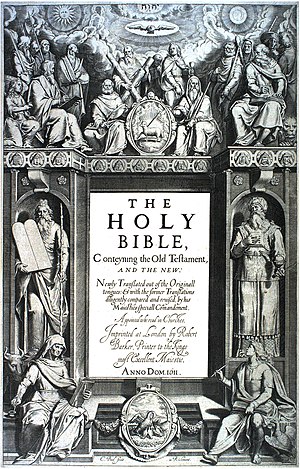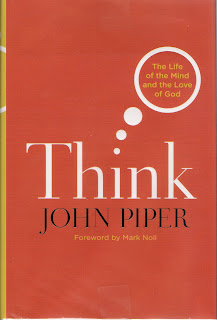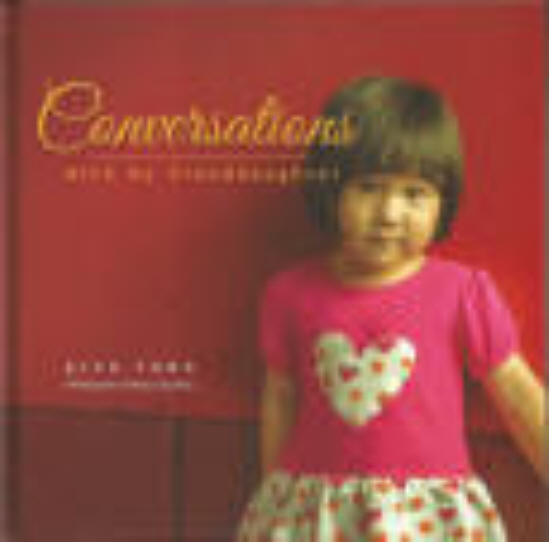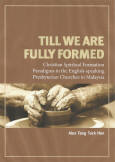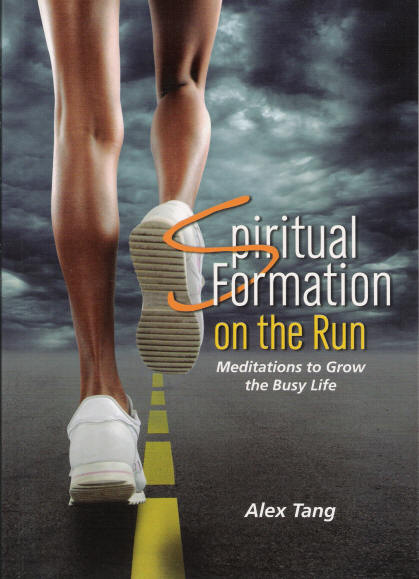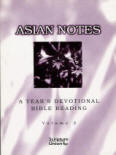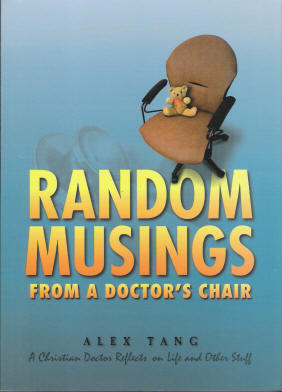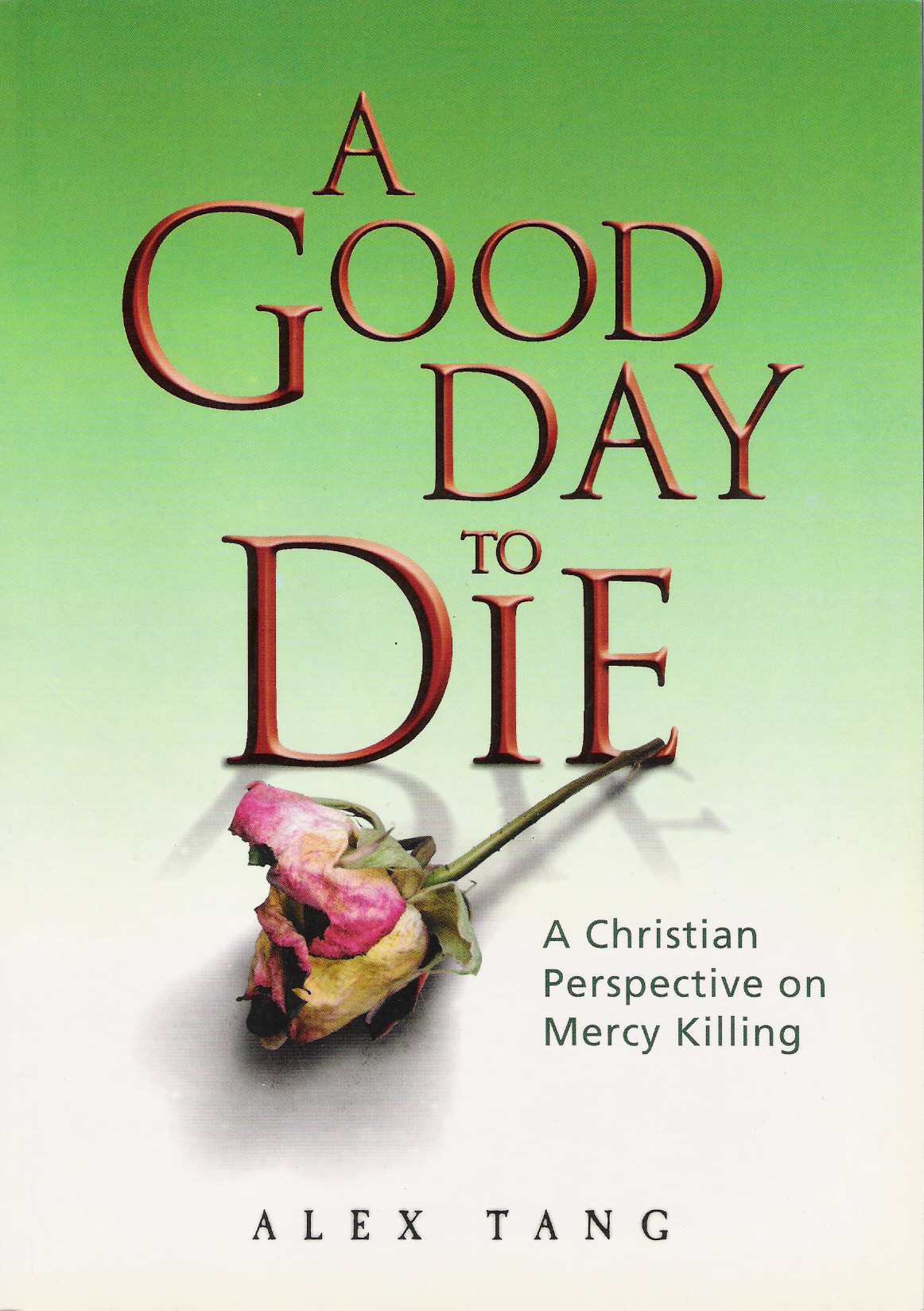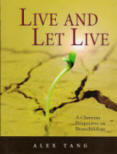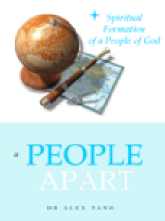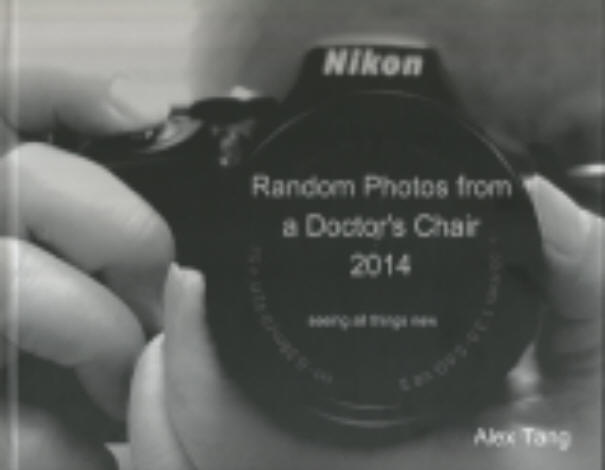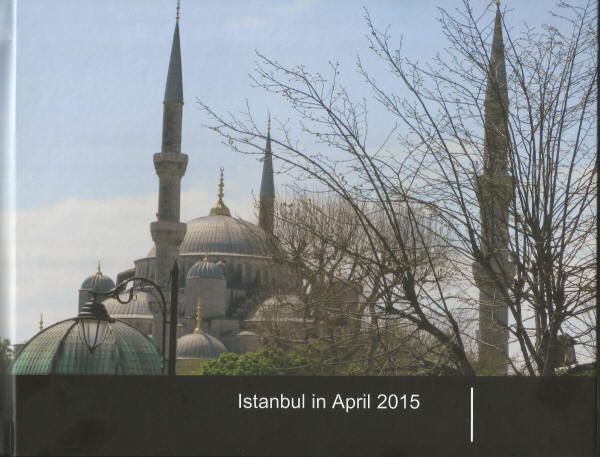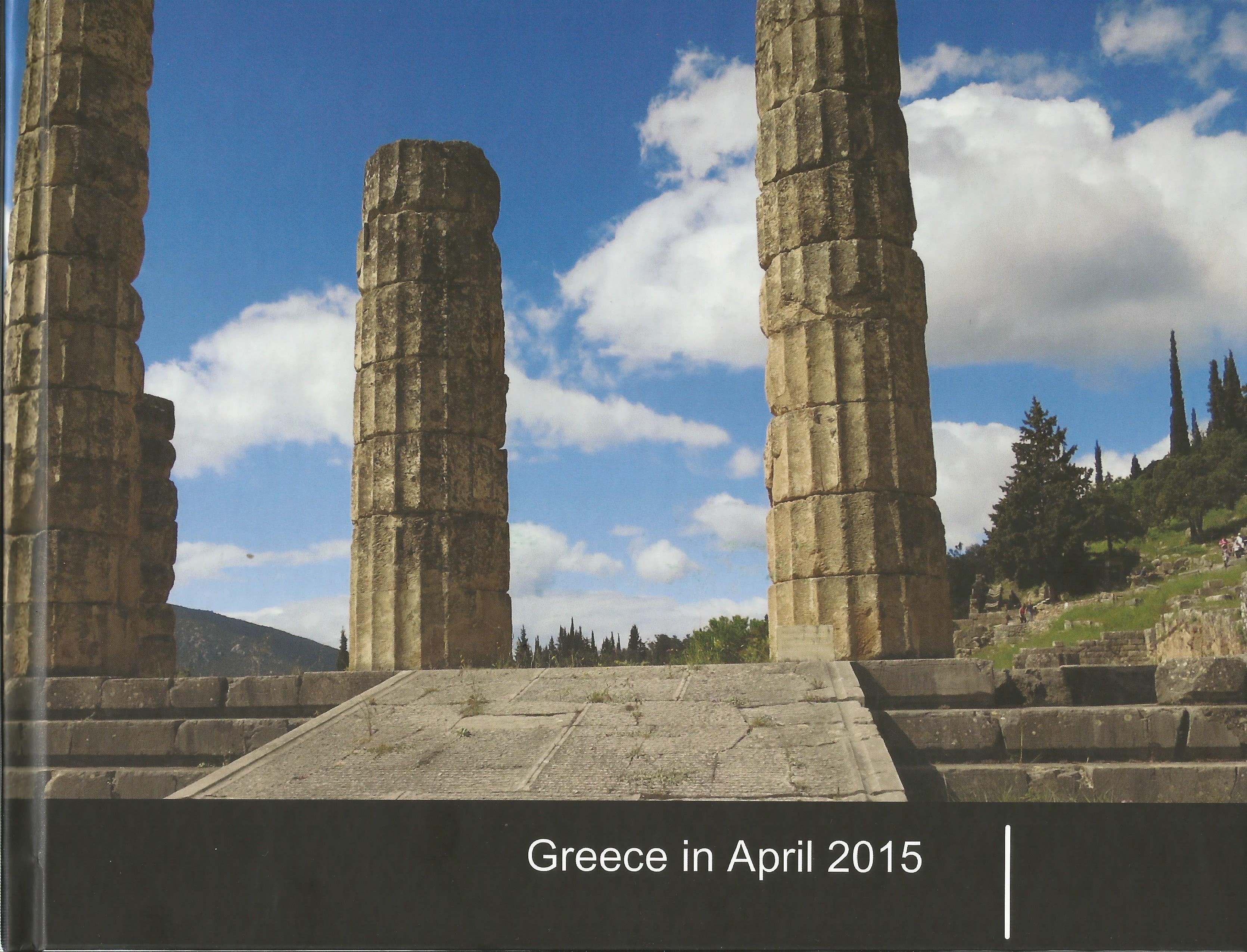Benjamin Spock Versus Tiger Mum
It is surprising that a parenting memoirs would stimulate such an uproar that does justice to the roar of the tiger itself. The debate and name calling is still roaring across the social media; facebook, twitter, television and blogsosphere. I am sure that it will not be long before the movie about a "tiger mum" will be out soon. The choice on who will act as "tiger mum" will be a tussle between Julia Roberts and Angelina Jodie.
In another sense, the uproar over the memoirs a "tiger mum" is long overdue because it points to a deeper root cause. It is due to a clash of civilisations. Northern Americans are rudely awakened to the fact that there is another ancient civilisation existing amongst them. It is a clash of worldviews. It is the Confucian way of nurturing the "perfect man" versus Dr Benjamin Spock's way of "permissive" parenting. It is parental enforced discipline versus "allowing children to be children." It is a clash of socio-cultural construct of what childhood (and a child) is - whether something to be moulded or something that is hidden inside and be allowed to emerge on the own. It is the developing of cultured pearls by irritating the oyster versus allowing the crysalid to reveal the butterfly within. It may even be, as the author of the Time magazine article suggests that Americans feel threatened by the Chinese (read the article here)
The Chinese or Confucian way of parenting may look harsh and rigid from someone looking in from outside the Chinese or Confucian worldview. The photos in the Time magazine article is telling. Yet generations of Chinese adults are by and large fairly well adjusted individuals. They were not traumatised by the parents. Their self-esteems are fairly intact. In a community-based culture of shame, Chinese or Confucian upbringing nurtures children to take their rightful place in such society. The American way of parenting can only be understood from the worldview of individualism, self-esteem and autonomy. Yale law professor and self styled "tiger mum," Amy Chua is in a unique position to evaluate both types of parenting.
Her comment that American parents go to great length is insulate their children from suffering, discomfort and pain is insightful. This has a tendency to create individuals who are self-indulgent and self-centered. Another comment is that American parents lavish too much praise for too little efforts exerted. In other words, American parents tend to overpraise. This may be for what the child should have done in the first place such as doing their chores or keeping their rooms clean. Overpraise may be given for mediocre efforts. Unfortunately, this have of way of positive reinforcement that being mediocre is okay. The teachings of Dr Benjamin Spock which have influenced generations of American on parenting need to be reviewed.
The 'drill. drill, drill' aspect in Chinese parenting is often decried as cruel and deforming to the child. It is the Confucian way of learning. Yet in any aspect of life, it is the repetition of certain actions that helps us to master that activity. We learn to write by repeatedly tracing the alphabets on paper. Recently Malcolm Caldwell points out in Outliers, that exceptional people are exceptional in their various endeavors because they have already repeated that action at least 10,000 times.
A point that is often missed or not highlighted in a critique of Chinese parenting is a timeline. Critics often see the shaming (name calling) and the drilling aspects. What they do not realise is that this is done only when the child is very young (about 2-6 years by my estimate). As the child grows older he or she are given the opportunities to act responsibly, and the shaming and drilling aspects are reduced. I believe that it is an important aspect of Chinese parenting that must be highlighted. It is not that we Chinese are cruel and uncompassionate toward our children. In parenting, we Chinese have tough love. We love our children so much that we are willing to put them through a difficult period when they are young in order that they will grow up to be responsible and disciplined people when they are older.
.














